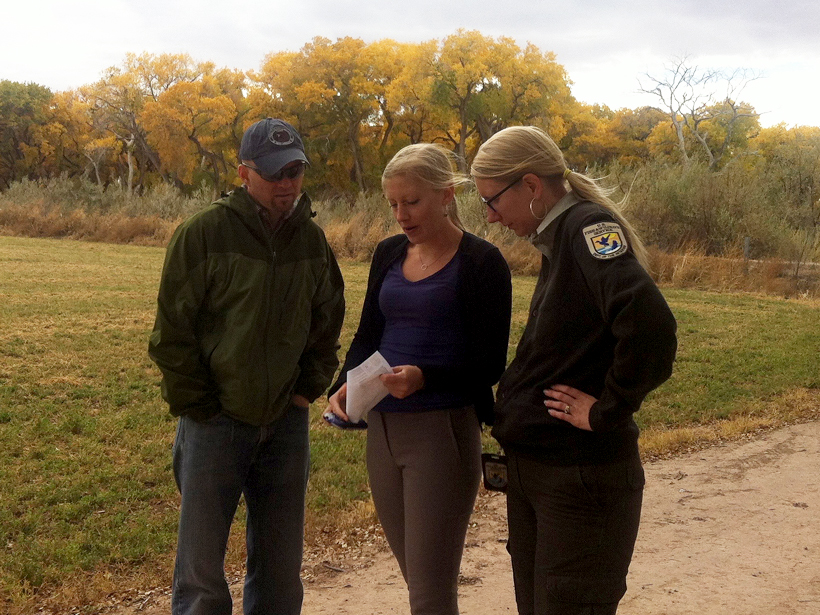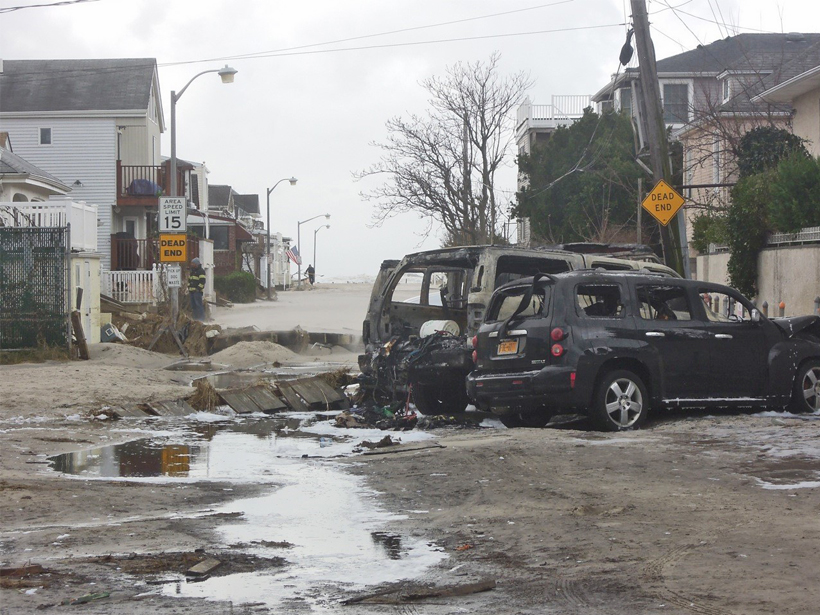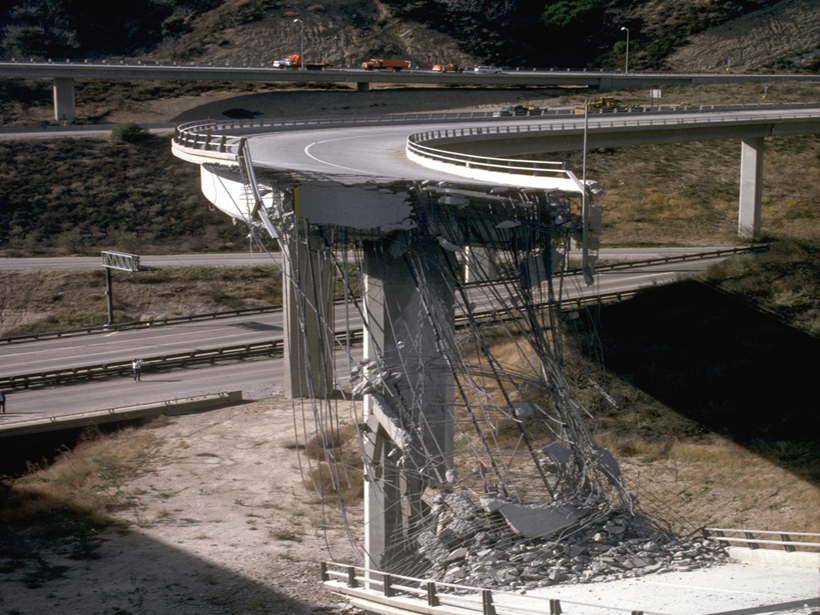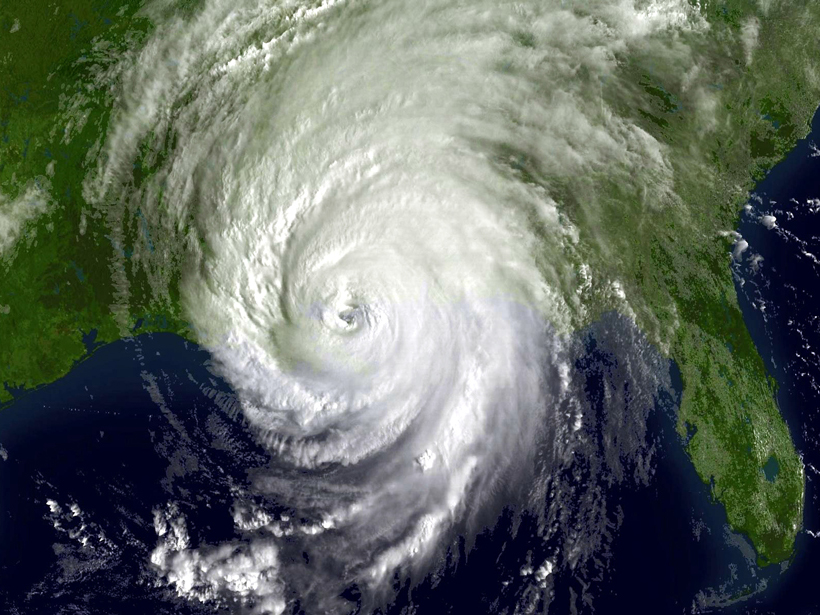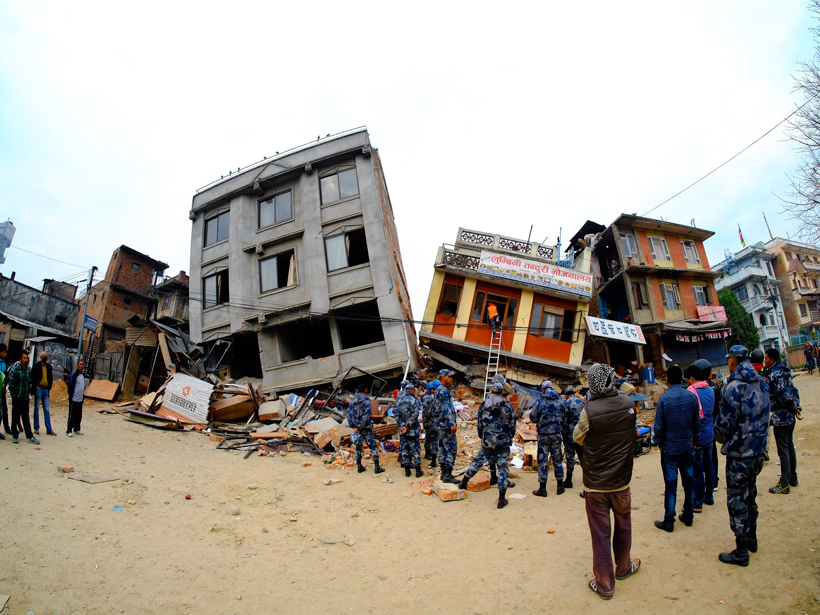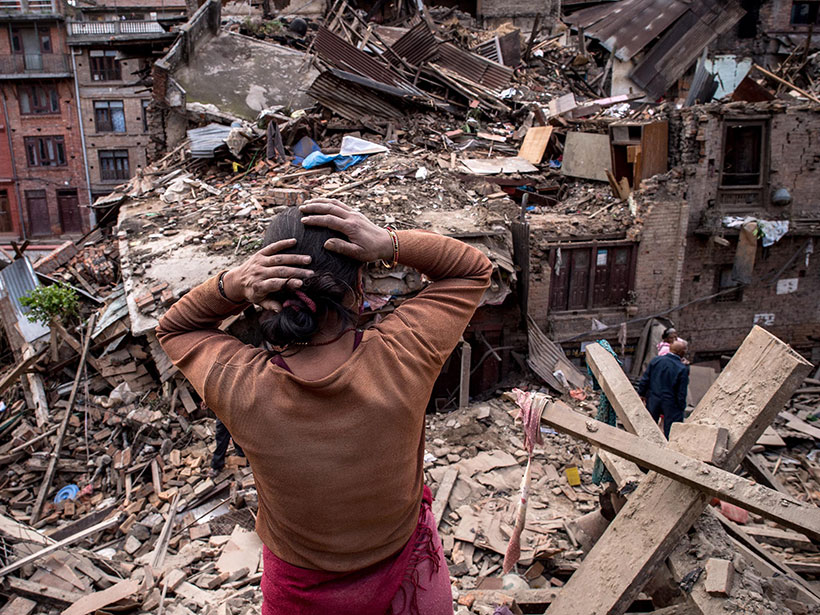National Adaptation Forum; St. Louis, Missouri, 12–14 May 2015
disaster preparedness
Communicating Hurricane Risks: Challenges and Recommendations
NOAA/Sea Grant Coastal Storm Awareness Program (CSAP ) Final Workshop; Newark, New Jersey, 26–27 May 2015
Position Statement on Hazards: Call for Comments
Feedback sought from American Geophysical Union members until 30 September on draft statement emphasizing partnering of scientists, policy makers, and stakeholders to improve hazards resilience.
Ten Years After Katrina: What Have We Learned?
One mitigation strategy—relocating people and sensitive infrastructure to higher ground—eventually will need to be considered as sea level rise accelerates.
Weak Shaking Lessened Nepal Earthquake Impact
Modest ground motion for such a big quake and some prior training in earthquake preparedness averted worse death and destruction, earthquake scientists say.
Reality Check: Seismic Hazard Models You Can Trust
Probabilistic hazard assessments, even the most recent models, routinely underestimate earthquake effects. A neodeterministic approach comes closer to observed data.
Reducing Earthquake Risk in Nepal
What specific approaches work well to protect people from earthquake hazards in Nepal? Hazard mitigation expert Brian Tucker shares his insight.
What Can We Learn About Disaster Preparedness from Nepal's Quake?
In an interview with Eos, hazard mitigation expert Brian Tucker gives his views on disaster preparedness in the wake of the recent earthquake in Nepal.
Exploring Natural Hazard Policies with Bike Helmets and Bus Fares
A close look at everyday decisions—whether or not to wear a bike helmet or cheat on bus fare—helps students learn about assessing natural hazards, mitigating risks, and setting political priorities.
Los Angeles Gets Serious About Preparing for the “Big One”
A large earthquake in southern California could devastate Los Angeles. To help reduce the city’s risks, one scientist spent last year working in the LA mayor’s office.

